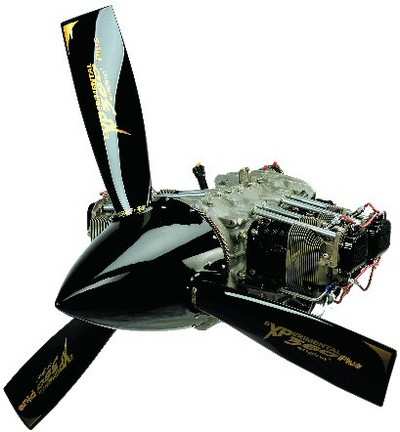Sat, Dec 12, 2020
AD 2020-25-12 Prompted By Three Crankshaft Assembly Failures That Resulted In The Loss Of Engine Power
The FAA is adopting a new airworthiness directive (AD) for all Superior Air Parts, Inc. (SAP) Model IO-360-series and O-360-series reciprocating engines and certain Lycoming Engines (Lycoming) Model AEIO-360-, IO-360-, and O-360-series reciprocating engines with a certain SAP crankshaft assembly installed.

This SAP crankshaft assembly is installed as original equipment on the affected SAP engines and as a replacement part under parts manufacturer approval (PMA) on the affected Lycoming engines. This AD was prompted by three crankshaft assembly failures that resulted in the loss of engine power and immediate or emergency landings. This AD requires the removal from service of all affected crankshaft assemblies. The FAA is issuing this AD to address the unsafe condition on these products. This AD is effective January 15, 2021.
Supplementary Information: The FAA issued a notice of proposed rulemaking (NPRM) to amend 14 CFR part 39 by adding an AD that would apply to all SAP Model IO-360-series and O-360-series reciprocating engines and certain Lycoming Model AEIO-360-, IO-360-, and O-360-series reciprocating engines with a certain SAP crankshaft assembly installed. The NPRM published in the Federal Register on January 29, 2020 (85 FR 5173). The NPRM was prompted by three crankshaft assembly failures that resulted in the loss of engine power and immediate or emergency landings. The FAA determined that the crankshaft assembly failures resulted from the manufacturing process at SAP's crankshaft vendor during 2012 and 2014 causing excessive residual white layer of iron nitride forming on the assemblies. This white layer is brittle and can lead to spalling or fatigue cracking of the crankshaft assembly as a result of the normal mechanical loads during engine operation. The FAA's analysis concluded that all three SAP crankshaft
assembly failures were the result of this fatigue cracking. In the NPRM, the FAA proposed to require the removal from service of all affected crankshaft assemblies. The unsafe condition, if not addressed, could result in failure of the engine, in-flight shutdown, and loss of the airplane.
More News
He Attempted To Restart The Engine Three Times. On The Third Restart Attempt, He Noticed That Flames Were Coming Out From The Right Wing Near The Fuel Cap Analysis: The pilot repor>[...]
Make Sure You NEVER Miss A New Story From Aero-News Network Do you ever feel like you never see posts from a certain person or page on Facebook or Instagram? Here’s how you c>[...]
From 2009 (YouTube Edition): Leading Air Show Performers Give Their Best Advice for Newcomers On December 6th through December 9th, the Paris Las Vegas Hotel hosted over 1,500 air >[...]
Aero Linx: NASA ASRS ASRS captures confidential reports, analyzes the resulting aviation safety data, and disseminates vital information to the aviation community. The ASRS is an i>[...]
“For our inaugural Pylon Racing Seminar in Roswell, we were thrilled to certify 60 pilots across our six closed-course pylon race classes. Not only did this year’s PRS >[...]
 NTSB Final Report: Rutan Long-EZ
NTSB Final Report: Rutan Long-EZ ANN FAQ: Turn On Post Notifications
ANN FAQ: Turn On Post Notifications Classic Aero-TV: ICAS Perspectives - Advice for New Air Show Performers
Classic Aero-TV: ICAS Perspectives - Advice for New Air Show Performers ANN's Daily Aero-Linx (06.28.25)
ANN's Daily Aero-Linx (06.28.25) Aero-News: Quote of the Day (06.28.25)
Aero-News: Quote of the Day (06.28.25)



